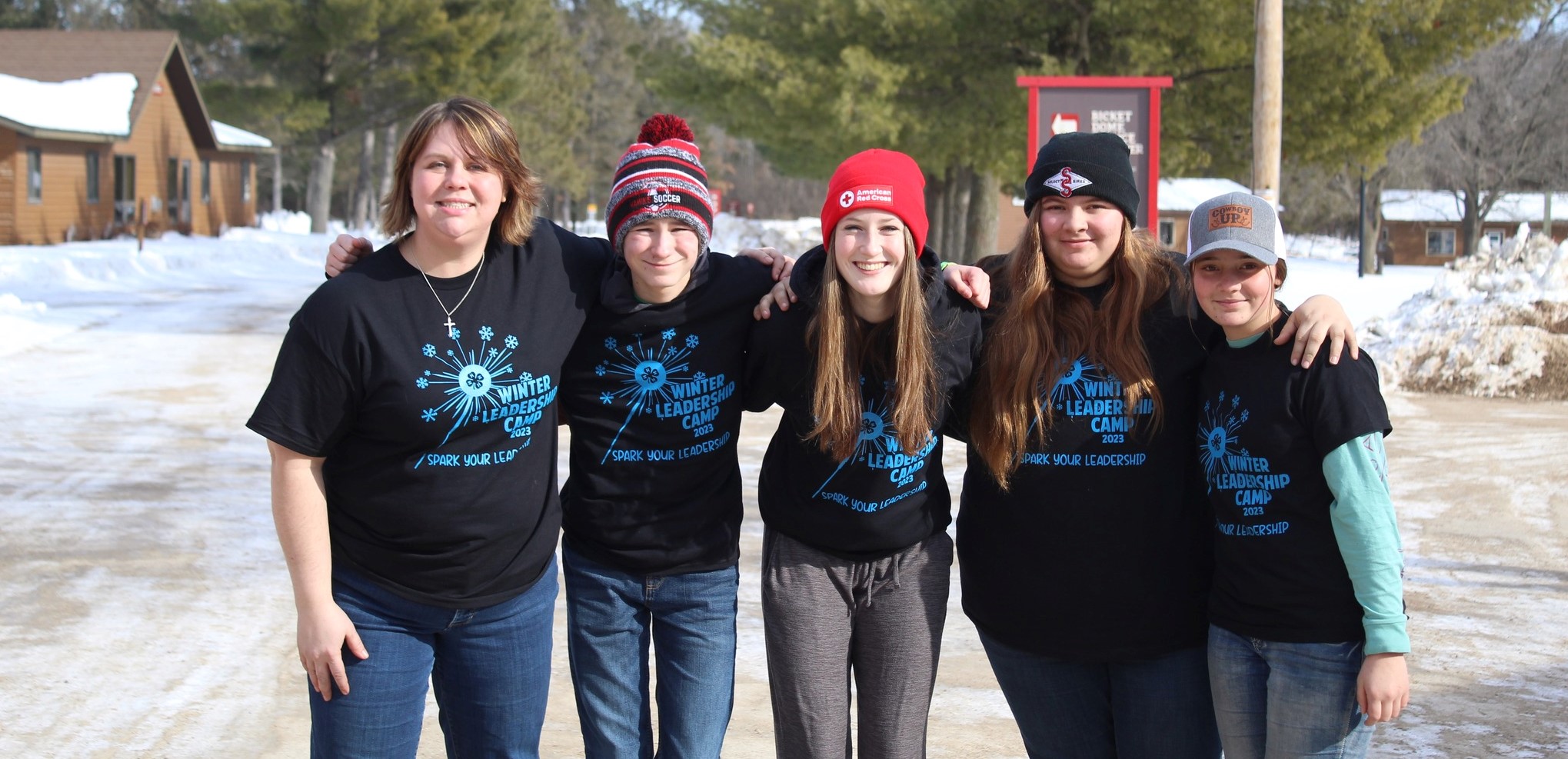
4-H is more than a club.
4-H is a community of young people across America who are learning leadership, citizenship and life skills. 4-H is about having fun, learning, exploring and discovering. In 4-H, young people make new friends, develop new skills, become leaders and help shape their communities. More than 69,000 Wisconsin youth are enrolled members of 4-H clubs in Wisconsin and other UW-Madison Division of Extension youth programs. These youth live in cities, suburbs, small towns and rural communities.
4-H gives them a chance to pursue their own interests – from photography to computers, from building rockets to raising sheep. They go places – to camp, to state and national conferences, even to other countries on 4-H exchange programs. They learn to be leaders and active citizens.
In 4-H Clubs, they serve as officers and learn to conduct meetings, handle club funds, and facilitate group decision-making. In a growing number of communities, 4-H youth serve as youth representatives in municipal or county government or as members of Teen Courts. They give back to their communities. 4-H members get involved in volunteer projects to protect the environment, mentor younger children and help people who are less fortunate.
4-H experiences are designed to address the four essential elements of positive youth development: Belonging, Mastery, Generosity and Independence.
4‑H’ers are tackling the nation’s top issues, from global food security, climate change and sustainable energy to childhood obesity and food safety. 4‑H out-of-school programming, in-school enrichment programs, clubs and camps also offer a wide variety of STEM opportunities – from agricultural and animal sciences to rocketry, robotics, environmental protection and computer science – to improve the nation’s ability to compete in key scientific fields and take on the leading challenges of the 21st century.

4-H Traditions
4-H Pledge
4-H Pledge
English

I pledge my Head to clearer thinking,
my Heart to greater loyalty,
my Hands to larger service,
my Health to better living,
for my club, my community, my country, and my world.
Español
Prometo usar mi mente para pensar con más claridad,
mi corazón para ser más leal,
mis manos para ser más servicial,
mi salud para cuidarme más,
por mi club, mi comunidad, mi país y mi mundo.
Pledge Explained
The 4-H pledge was worded by Otis Hall, Kansas state 4-H leader. It was approved at the first National 4-H Club Camp in 1927 in Washington, D.C. The words “my world” were added to the pledge in 1973. Their addition is the only change ever made to the 4-H pledge.
Head stands for decision making, planning, organizing, problem solving and using knowledge throughout life.
Supported by the rich academic knowledge base of the University of Wisconsin, Madison, in partnership with a network of Land-Grant Universities. 4-H provides young people the opportunity to recognize and develop their interests, “sparks”, through curriculum and project-based learning in partnership with caring adults, and, strengthens post-secondary pathways.
Heart stands for strong personal values, positive self-concept, concern for others, cooperation and communication.
4‑H is an innovator in developing youth leadership and decision-making skills. Youth build relationships, make connections and practice skills throughout their engagement in 4-H. Our civic engagement programs equip youth to use their “voice”, influence, and decision-making authority.
Hands stands for volunteering, community service and reaching out to create a more inclusive, equitable world.
Service is a hallmark of all 4‑H programs, teaching youth about the importance of giving back, improving our communities and developing innovative solutions to solve problems, large or small. 4‑H’ers learn skills such as teamwork, critical thinking, community engagement and build a sense of compassion, confidence and pride.
Health stands for healthy lifestyles, character, ethics, stress management and disease prevention.
Our programming empowers youth to be healthy – body and mind – with the skills to make healthy decisions and lead healthy lifestyles. Having the confidence and skills to lead healthy lifestyles not only improves overall well-being; it enables youth to tackle life’s challenges today and become leaders in their lives, careers and communities as they grow into responsible adulthood.
4-H Clover Emblem

The first 4-H emblem was a three-leaf clover, introduced sometime between 1907 and 1908. The three “H’s” represented head, heart and hands. In 1911, at a meeting of club leaders in Washington, a fourth “H” representing health was added and the current 4-H four-leaf clover emblem was approved. It is protected by the U.S. Congress. More information on Clover logo usage and Usage policies is available.
4-H Motto
“To make the best better.”
4-H Mission
4-H empowers youth to reach their full potential working and learning in partnership with caring adults.
The mission of 4-H is to provide meaningful opportunities for all youth and adults to work together to create sustainable community change. This is accomplished within three primary content areas, or mission areas – civic engagement and leadership, healthy living, and science. These mission areas reiterate the founding purposes of Extension through agriculture (e.g., community leadership, quality of life, and technology transfer) in the context of 21st century challenges and opportunities.
4-H Vision
4-H Youth Development: A catalyst for positive community youth development.



